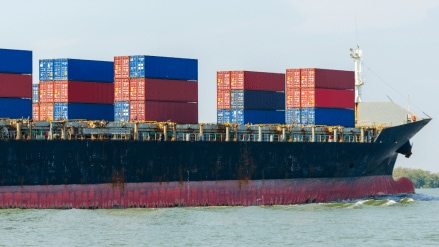By N Chandra Mohan, The writer is an economics and business commentator based in New Delhi
There is no doubt that India must engage more closely with both the world’s leading economic powers; notably the US and China that account for a fifth of its global trade. Escalating tensions between the two nations who are competing for hegemony has threatened to fragment global trade and investment flows broadly into US-centric and Sino-centric blocs. Although there is a fragile trade truce between them, India must be autonomous in dealing with both these powers and seize the emerging opportunities. The challenges are similar as both use coercive economic measures to impose their will on relatively weaker economies. US President Donald Trump has slapped additional sanctions of 25% on India—besides the 25% reciprocal tariffs on goods—for importing Russian oil and has signalled that a bilateral trade deal is imminent. China has blocked shipments of rare earths, fertilisers, and tunnel boring equipment to India although some of these restrictions are easing as relations are normalising.
India must seize the fresh openings for its farm exports, with the US exempting 200 agricultural products from its reciprocal tariff regime. Although immediately there are only modest gains like for spices, there are huge opportunities in the future for our high value-added crops like bananas, citrus fruits, water melons, and vegetables like tomatoes that feature on the list, some of whom have faced regulatory hurdles in the US. In return, we can lower duties on walnuts, apples, cranberries, and blueberries which we do not produce or do so in limited quantities. Being a demandeur in negotiations suggests a different construction to opening up the agricultural sector than reflexively defending it at all costs. Experts like Dr Ashok Gulati have argued that the sector is not that vulnerable as popularly believed, as 80% is reasonably competitive.
India’s agriculture has shown resilience and is an important part of the country’s growth story, registering an expansion of 4.6% in FY25, with decadal growth of a similar order of magnitude. The growth process has been associated with a rising share of the non-crop sector like livestock—with milk production remaining dominant—fishing, and acquaculture in the overall gross value output for agriculture and allied activities. Although the share of the crop sector has declined, it still remains the largest contributor. This sector comprises cereals, pulses, oilseeds, and other field crops and horticulture. The former are grown in 92% of gross cropped area and by a vast majority of farmers in the countryside. High-value horticultural crops like fruits and vegetables (and spices) have rapidly gained ground and are as important as cereals in crop sector output. We can certainly leverage these opportunities if we are less defensive in our trading stance.
Similarly, there are interesting possibilities of exporting more to China, a prospect that has proved elusive for India. Our position vis-à-vis China appears more akin to a third world country that exports raw materials like iron ore and intermediates for plastics while importing manufactured goods like electrical and other machinery, transmission apparatus for radio and telephony, active pharmaceutical ingredients, auto parts for two-wheelers, etc., resulting in a massive bilateral trade deficit. This imbalance alone accounts for 35% of India’s global trade deficit. All of this can certainly change with greater bilateral cooperation as peace and tranquility has returned to the disputed border.
Both nations have reportedly begun talks for a reverse-trade model for drugs. India imports bulk drugs from the dragon, converts them to finished dosage forms, and exports these back to China—a prospect that could unlock exports of $6 billion. India’s world-class generic drug manufacturers can also leverage the gradual opening up of China’s tightly regulated drug market and participate in tenders under its volume-based procurement. Despite the intensifying trade rivalries between these two leading powers, India must seize the opportunities for agri products in the US and pharma in China as both nations are its largest trading partners in the world.
